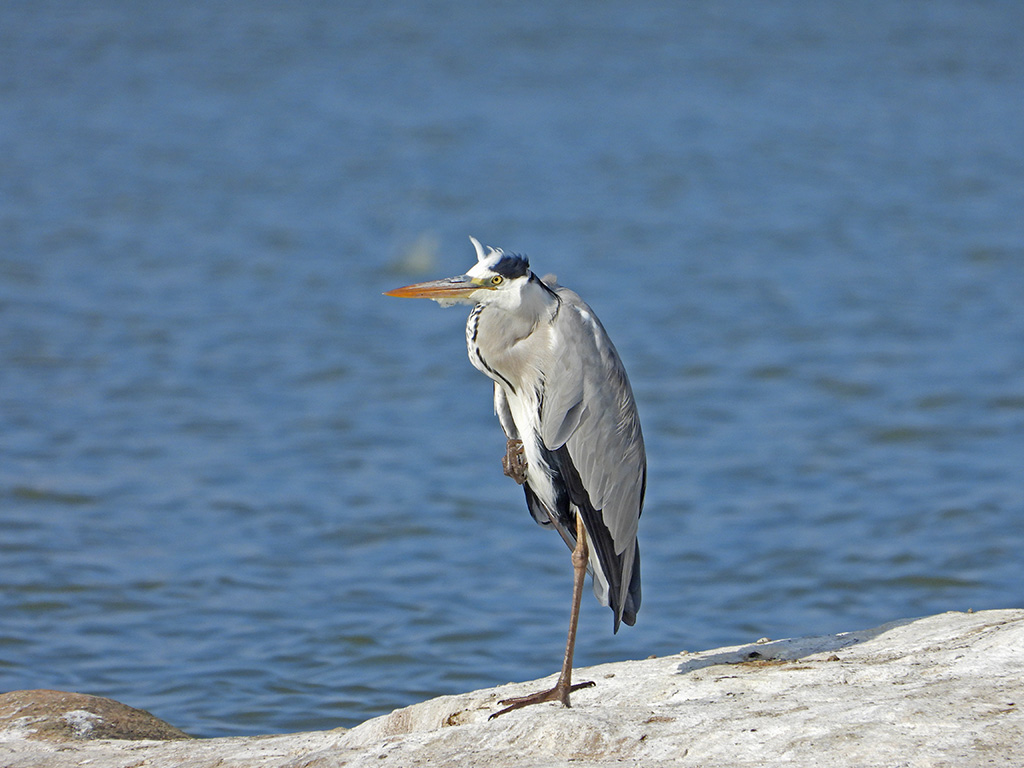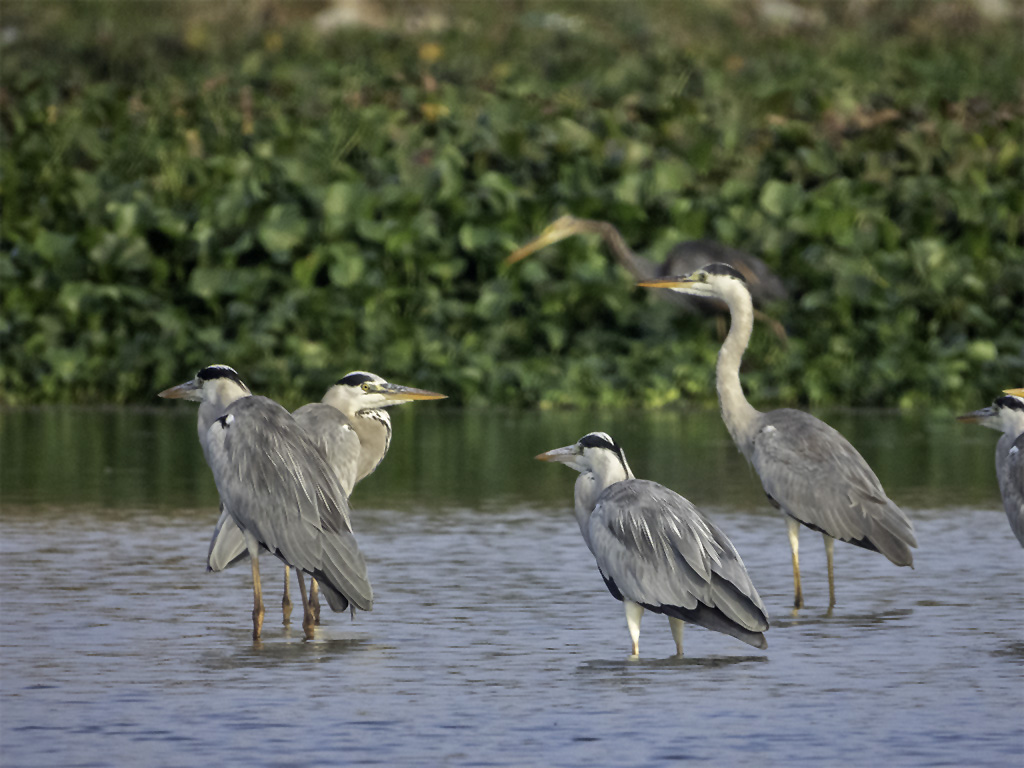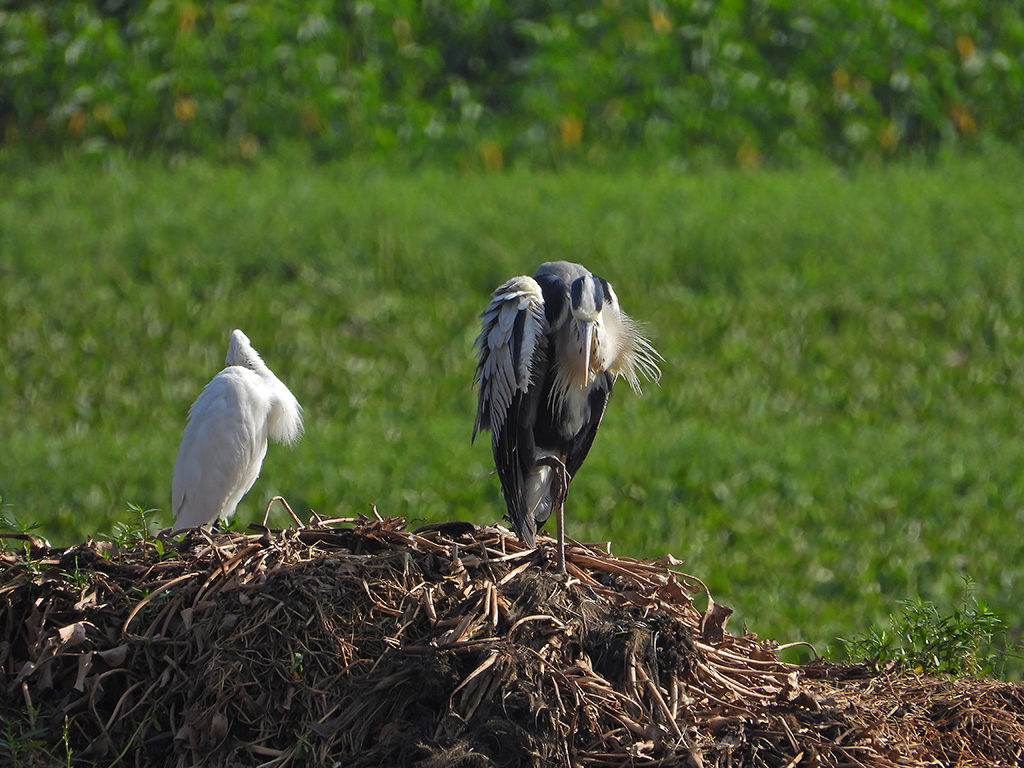| IUCN (International Union for Conservation of Nature): | Least Concern
|
|---|
| Approximate size(adult): | A large wader, about 84–102 cm in length with a wingspan of 155–195 cm and weight around 1–2 kg. It has grey upperparts, white underparts, black streaks on the neck, and a long yellowish bill. Legs are long and greyish.
|
|---|
| Resident/ Migrate from: | Partially migratory species — widespread across Europe, Asia, and parts of Africa. Northern populations tend to migrate southwards in winter.
|
|---|
| Migrate to: | Northern and colder populations migrate to southern Europe, South Asia, and Africa during the non-breeding season.
|
|---|
| Breeding season: | Breeds from March to July. Builds large stick nests in tall trees, often in colonies called heronries. Lays 3–5 eggs; both parents share incubation and feeding.
|
|---|
| Breed in: | Prefers wetlands with nearby tall trees for nesting. Colonies are often established in protected areas near lakes, rivers, or marshes.
|
|---|
| Habitat: | Found in freshwater and coastal wetlands, rivers, lakes, marshes, and flooded fields. Often seen standing still in shallow water hunting fish or wading slowly.
|
|---|
| Diet: | Primarily piscivorous — feeds on fish, amphibians, crustaceans, insects, and occasionally small mammals or birds. Hunts by standing motionless or slow stalking in shallow water.
|
|---|















